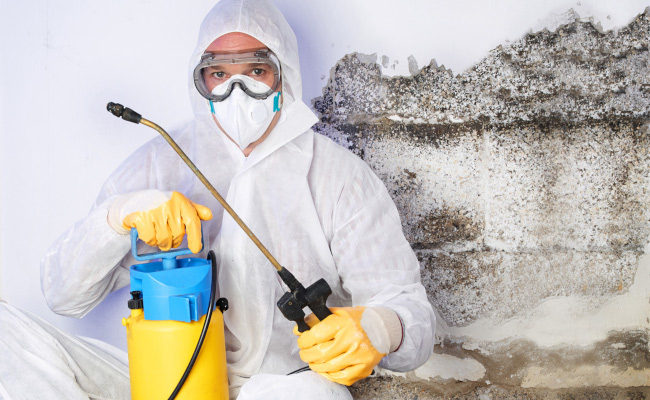Mold Abatement with Hydrogen Peroxide
A way to killing mold is using hydrogen peroxide. It is an anti-bacterial, anti-viral, and anti-fungal solution that is readily available in the market. It can be a good alternative for chlorine bleach since it does not leave toxic residue as bleach does. You can use this if you want to get rid of the mold without negative effects on the environment.
Hydrogen peroxide can kill molds on any materials like floors, clothes, bathroom, walls, furniture, and other fixtures at home including kitchen appliances. Also, it’s a bleaching agent who can help to remove the stains left by mold after cleaning. Before cleaning, make sure to do a spot testing of hydrogen peroxide on the surface you are going to clean to ensure that the material’s color won’t fade. Follow these steps to remove mold using hydrogen peroxide.
- In a spray bottle, combine water with 3% concentration of hydrogen peroxide.
- Spray the affected area evenly and let it sit for a while. About 10 minutes is enough before you begin cleaning.
- Using steel bristled brush, scrub the surface in a circular motion to remove molds and mold stains.
- Finally, wipe the area with a wet rug to remove mold spores and residue.
Also, you can combine hydrogen peroxide with vinegar during the mold abatement process to effectively kill mold from its roots. Once done, store the spray bottle in a dark place since its effectiveness will diminish if exposed to sunlight.
Mold Abatement with Water and Detergent
A solution of water and detergent can be an effective alternative to killing mold and mildew on the surface of non-porous materials. Although detergent alone doesn’t kill mold, the solution can remove molds on non-porous materials. Depending on the detergent you use, it can also remove mod stains.
If you have a mold-related concern, feel free to call Tip Top Restoration and ask to speak with one of our mold removal experts. Our certified mold experts have been helping people for years with their mold-related situations.







